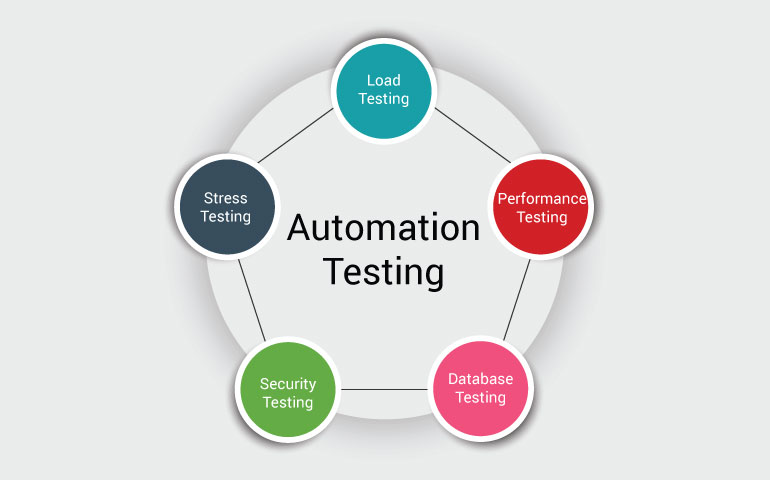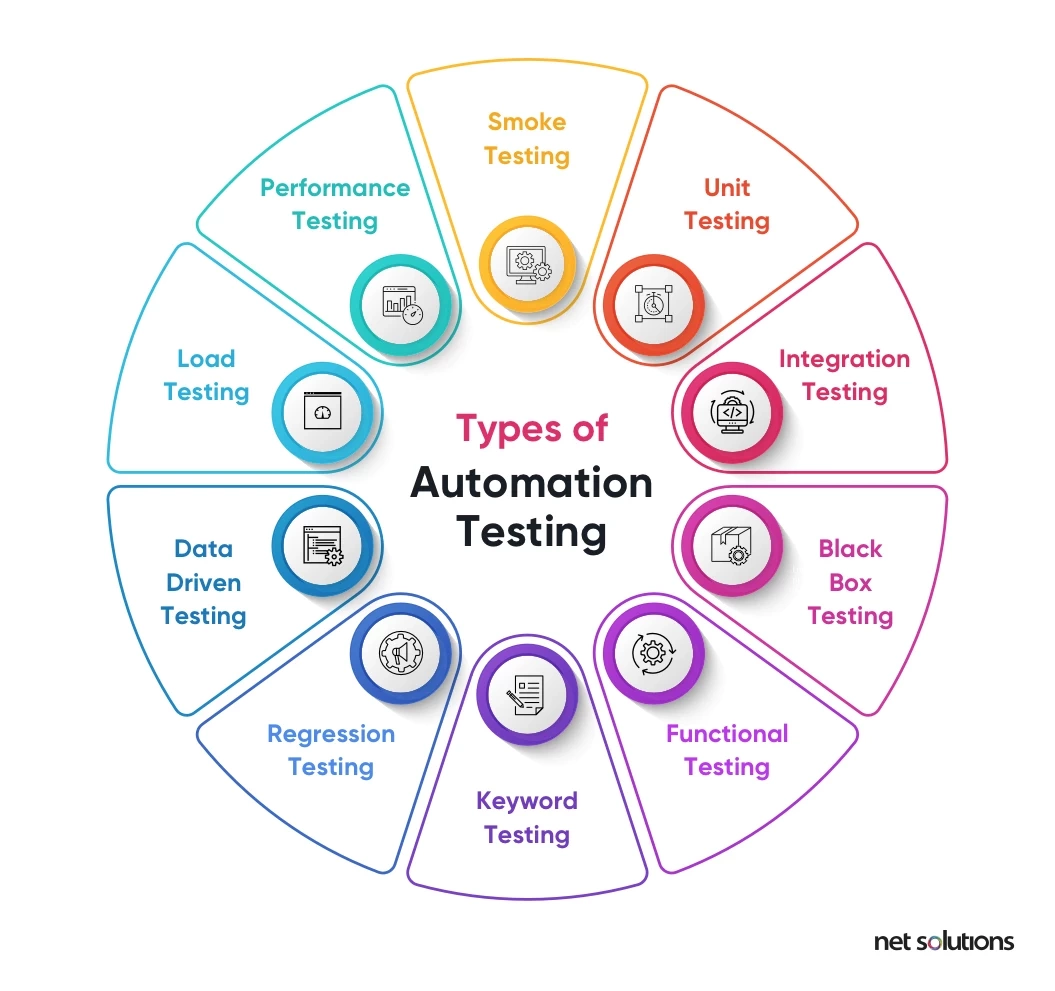Ensuring Success in Automation Examining: Key Metrics, Difficulties, and Solutions Every QA Group Must Know
In the realm of software program quality control, the landscape of automation screening is ever-evolving, demanding a careful method to ensure smooth procedures. Secret metrics function as the compass leading QA teams via the huge surface of test automation, clarifying progress and areas for improvement. Challenges impend big, often casting shadows on the path to success. By comprehending these difficulties and implementing effective options, QA groups can browse with complexities with finesse. The trip to understanding automation screening is led with subtleties that call for an eager eye for monitoring, analysis, and continuous improvement. automation testing. As the market pushes ahead, the pursuit for optimum efficiency in automation screening stays a consistent search, urging QA teams to equip themselves with the understanding and methods crucial for accomplishment.
Significance of Key Metrics
Recognizing the value of essential metrics is essential for reviewing the performance and effectiveness of automation screening processes. Key metrics offer as quantifiable actions that supply important understandings right into various facets of the screening process, such as examination coverage, examination execution time, issue density, and test case performance. By examining these metrics, QA teams can recognize traffic jams, ineffectiveness, and areas for enhancement within their automation testing structure.
One critical facet of vital metrics is their capability to track development and check the overall health and wellness of the testing process (automation testing). They make it possible for stakeholders to make educated choices based upon data-driven insights, which can lead to more reliable testing techniques and far better source allotment. Furthermore, key metrics can aid teams established reasonable goals, determine the success of automation initiatives, and demonstrate the ROI of automation testing efforts

Common Challenges Encountered
Obstacles frequently come across in automation testing procedures can dramatically affect the overall performance and efficiency of QA groups. Among the major obstacles is the selection of the right examination situations for automation. Not all examination situations appropriate for automation, and picking the incorrect ones can result in wasted time and sources. Furthermore, keeping examination scripts can be a difficult job, especially as the application goes through regular changes. Test manuscript maintenance calls for continuous updates and alterations to ensure they show the current performance properly. Another typical obstacle is the preliminary financial investment required for setting up automation structures and devices. This can be a barrier for some companies, specifically smaller ones with restricted spending plans. Automation testing might not cover all elements of screening, such as functionality and customer experience testing, which still call for manual intervention. Conquering these obstacles requires proper preparation, strategic test instance choice, durable maintenance processes, ample resources, and a clear understanding of the restrictions of automation screening.
Effective Solutions for Challenges
To address the barriers run into in automation screening, carrying out effective solutions is essential for boosting the effectiveness and productivity of QA groups. One vital option great post to read is to invest in durable training programs for QA groups to ensure they have the essential abilities to efficiently utilize automation devices. Training can connect understanding gaps, boost understanding of automation frameworks, and enhance scripting capacities, inevitably causing much more efficient examination creation and implementation.
Another crucial service is to develop clear communication networks within the QA team and with various other stakeholders, such as developers and job supervisors. Efficient interaction assists in straightening expectations, sharing progression updates, and quickly addressing issues or barricades that may develop throughout the automation testing procedure.

Tracking and Analysis Techniques
Applying reliable surveillance and analysis methods is essential for ensuring the success and efficiency of automation testing processes. Additionally, analyzing test results and metrics supplies valuable insights right into the quality of the software program being tested and the efficiency of the screening strategy.
One key strategy in surveillance and analysis is making use of dashboards that combine pertinent metrics and KPIs in an aesthetically available style. These control panels supply a comprehensive summary of test execution condition, examination insurance coverage, defect trends, and other important details. Routinely assessing and analyzing these dashboards can help QA teams make informed choices, prioritize tasks, and optimize screening efforts.
Moreover, carrying out automated informs and alerts based upon predefined limits can improve positive surveillance and timely treatment. By establishing signals for efficiency inconsistencies or examination failings, teams can deal with concerns without delay and stop them from rising. On the whole, surveillance and evaluation methods play an important role in guaranteeing the efficiency and success of automation screening efforts.
Constant Improvement Strategies
Enhancing the efficacy of automation screening procedures requires the constant refinement of techniques and methodologies. Constant improvement strategies are crucial for QA groups to adjust to progressing technologies and supply high-grade software. One vital strategy to improving automation screening procedures is to carry out normal evaluations and retrospectives. By evaluating previous testing cycles, teams can determine bottlenecks, inadequacies, and locations for enhancement. Applying comments loopholes and integrating lessons found out into future screening frameworks can produce considerable enhancements with time.

Final Thought
Finally, it is critical for QA groups to understand the vital metrics, difficulties, and solutions in automation screening to ensure success. By thoroughly keeping track of and examining data, carrying out effective solutions to usual challenges, and continually improving strategies, QA teams can optimize their testing procedures and provide high-quality software products. Following these practices will eventually bring about much more effective and effective automation screening practices.
By examining these metrics, QA groups can identify bottlenecks, ineffectiveness, and locations for improvement within their automation testing structure.
In addition, key metrics can help teams established practical goals, measure the success of automation efforts, and show the ROI of automation screening efforts.
Challenges typically run into in automation screening procedures can considerably affect the total performance and effectiveness of QA teams. Automation testing may not cover all elements of screening, such as usability and individual experience screening, which still require hands-on treatment.In verdict, it is essential for QA teams to recognize the vital metrics, challenges, and services in automation screening to make sure success.